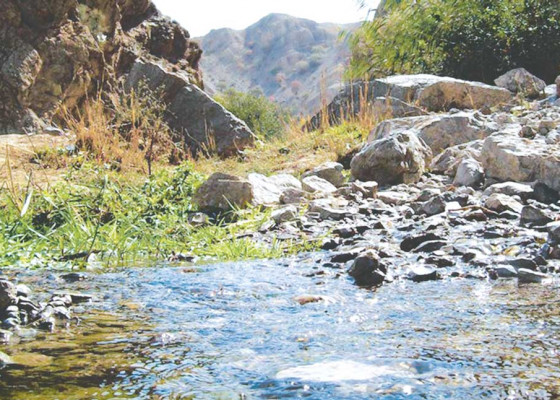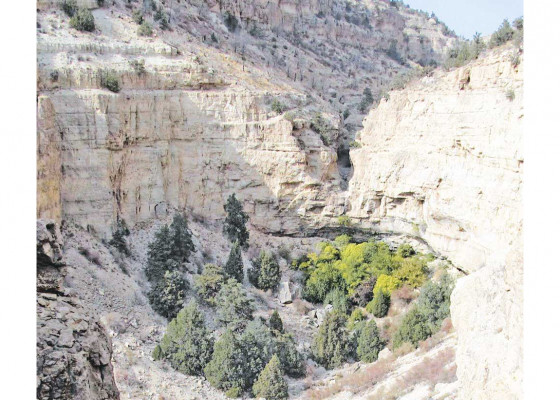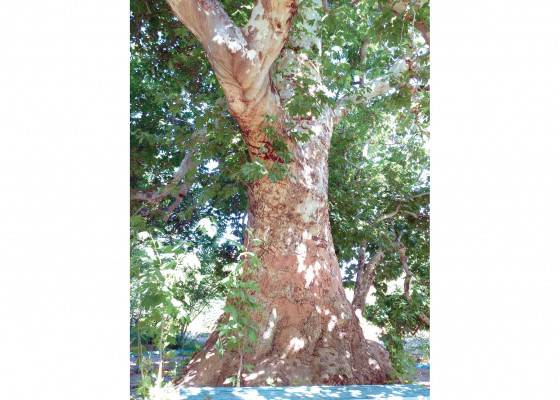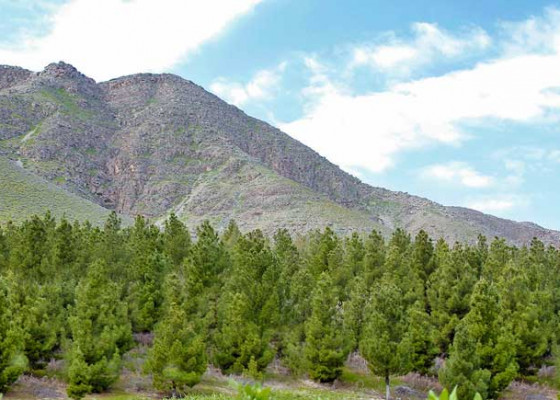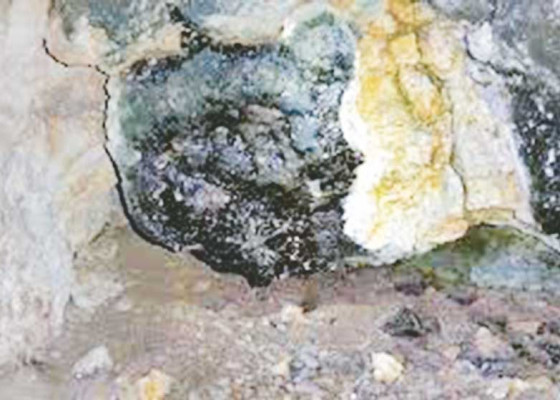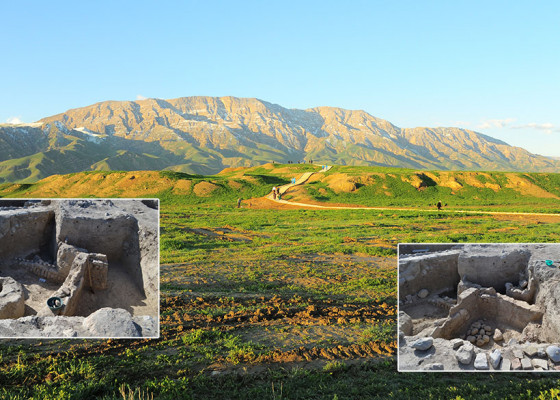In the World of Science
The Ylym Publishing House has released a scientific and practical manual Digital System for the Saline Soil Development in Turkmenistan compiled by the team of the scientists from the biodiversity laboratory of the National Institute of Deserts, Flora and Fauna of the Ministry of Environment Protection – Candidate of Agriculture Bayrammurad Durdiyev, Candidate of Technology Kakabay Annaniyazov and Candidate of Biology Olga Arzyamova. The manual is intended for agricultural specialists, lecturers of agricultural higher educational establishments and entrepreneurs and is based on the findings of a study conducted in accordance with the Programme of the Socioeconomic Development of Turkmenistan for 2019–2025, the National Programme on the Aral Sea Basin for 2021–2025 and the Conception of Digital Economy Development for 2019–2025. Scientists offer an efficient method of aerospace sensing of Earth and the use geographic information systems – GIS technologies, a method of digital mapping of soil salinity, along with a salinity chemism classification. Phytomelioration remains one of the effective ecological methods; a hyperspectral data analysis is used to ensure success of this method. * * *

